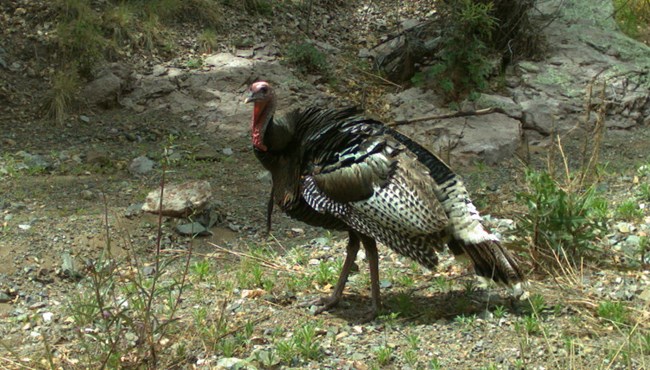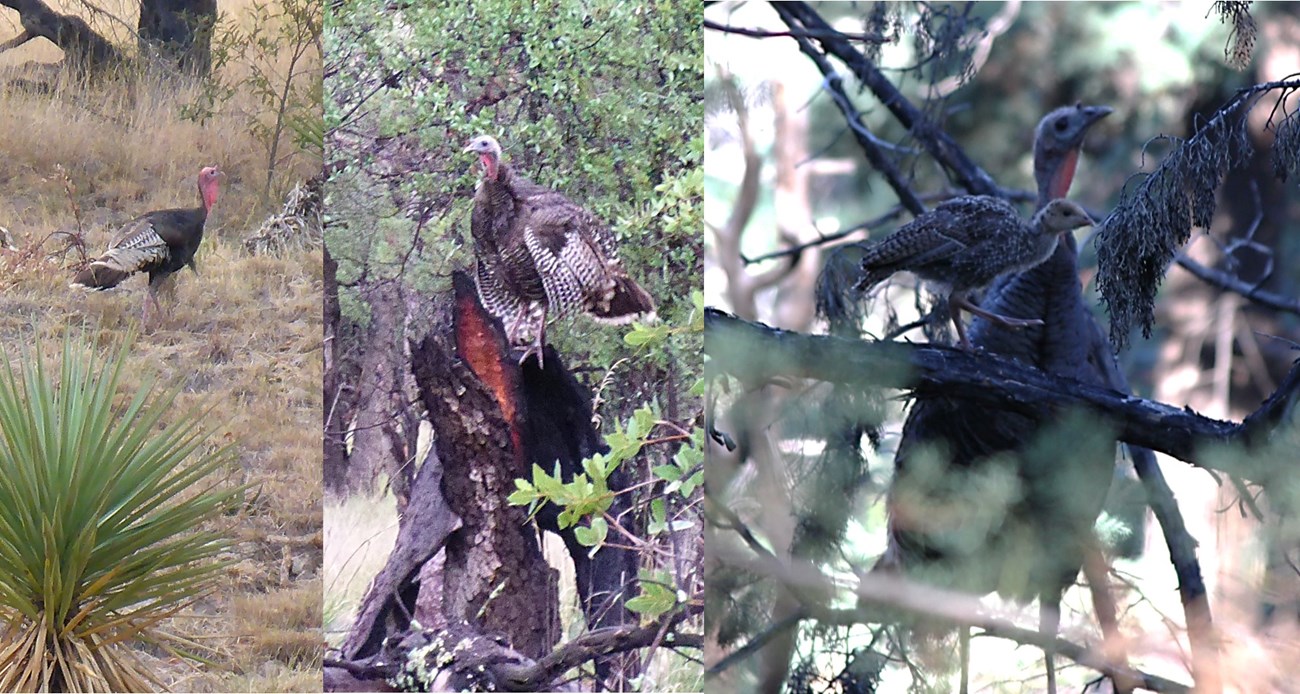
NPS For thousands of years, humans have appreciated and utilized wild turkeys across North America. In a letter to his daughter, Benjamin Franklin even extolled the turkey’s virtues. As settlers began expanding across the United States, turkeys became an important and popular food source. The Gould’s Turkey (Meleagris gallopavo mexicana) is the largest subspecies of wild turkeys, but has the smallest population. It was first described in 1856, in northern Mexico, and its range extended into the sky islands of southern Arizona and New Mexico. Within 50 years, the once common Gould’s Turkey had been hunted to rarity, if not local extinction in Arizona. Across the United States, various subspecies of turkeys were also in danger due to overhunting and habitat loss. Theodore Roosevelt and other conservationists stepped it to save species, by enacting hunting limits and regulations, as well as establishing protected areas, like national parks and monuments. For the Gould’s turkey in southern Arizona, these conservation efforts came too late. 
NPS Now the Gould’s turkey is a conservation success story. In 2014, over 1,200 turkeys were counted in Arizona and New Mexico. The population is large enough to support limited hunting (although it is illegal to hunt or harm any animals within Chiricahua National Monument). The Thick-billed Parrot, another bird that was also re-introduced into its home range in the Chiricahua Mountains, was not a success. |
Last updated: December 14, 2018
